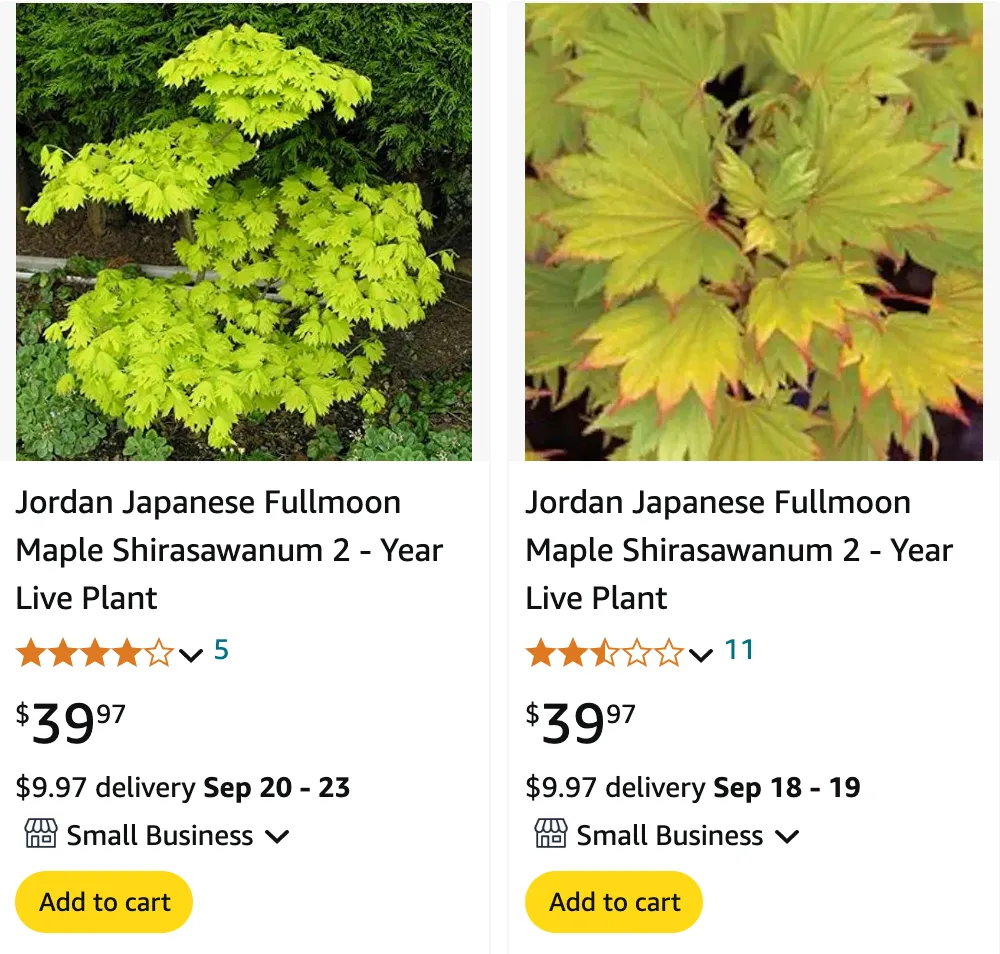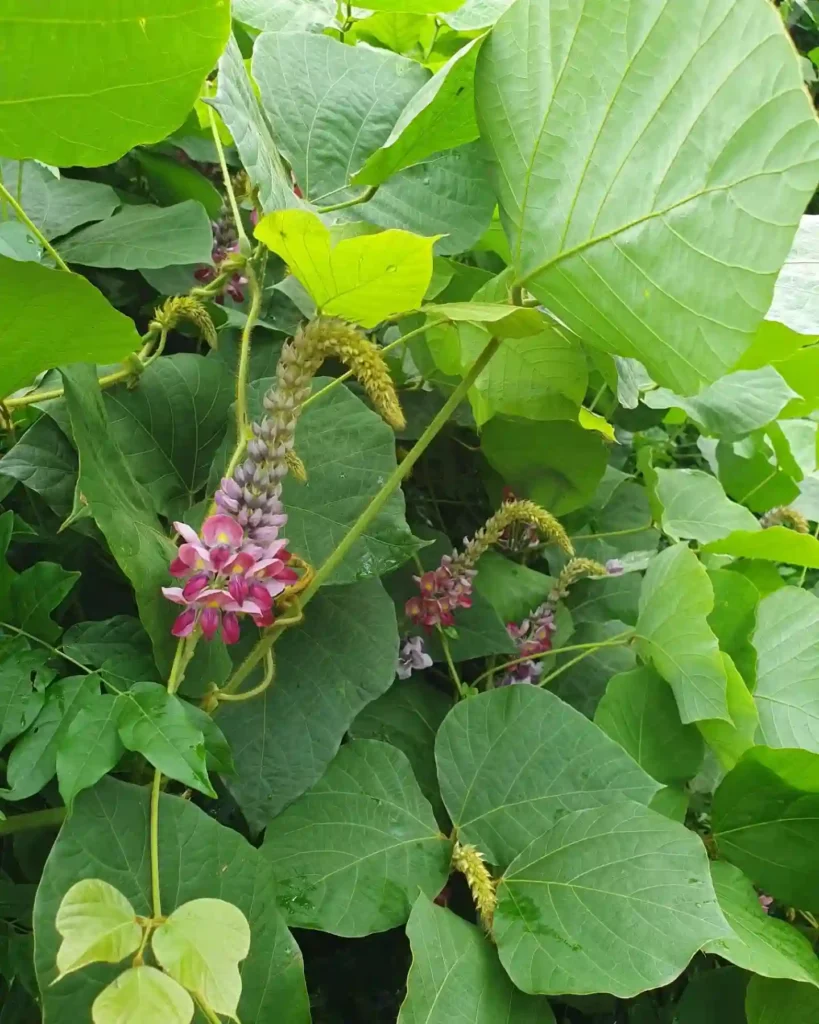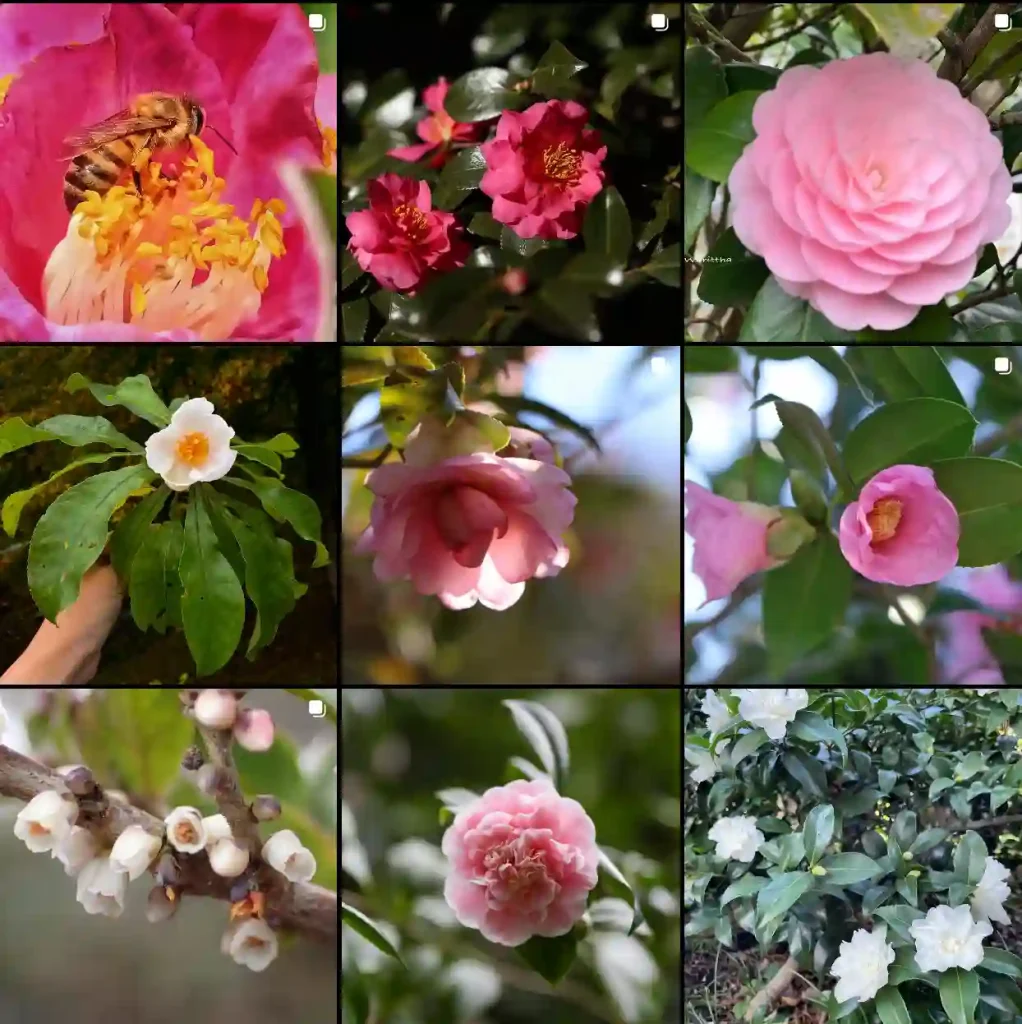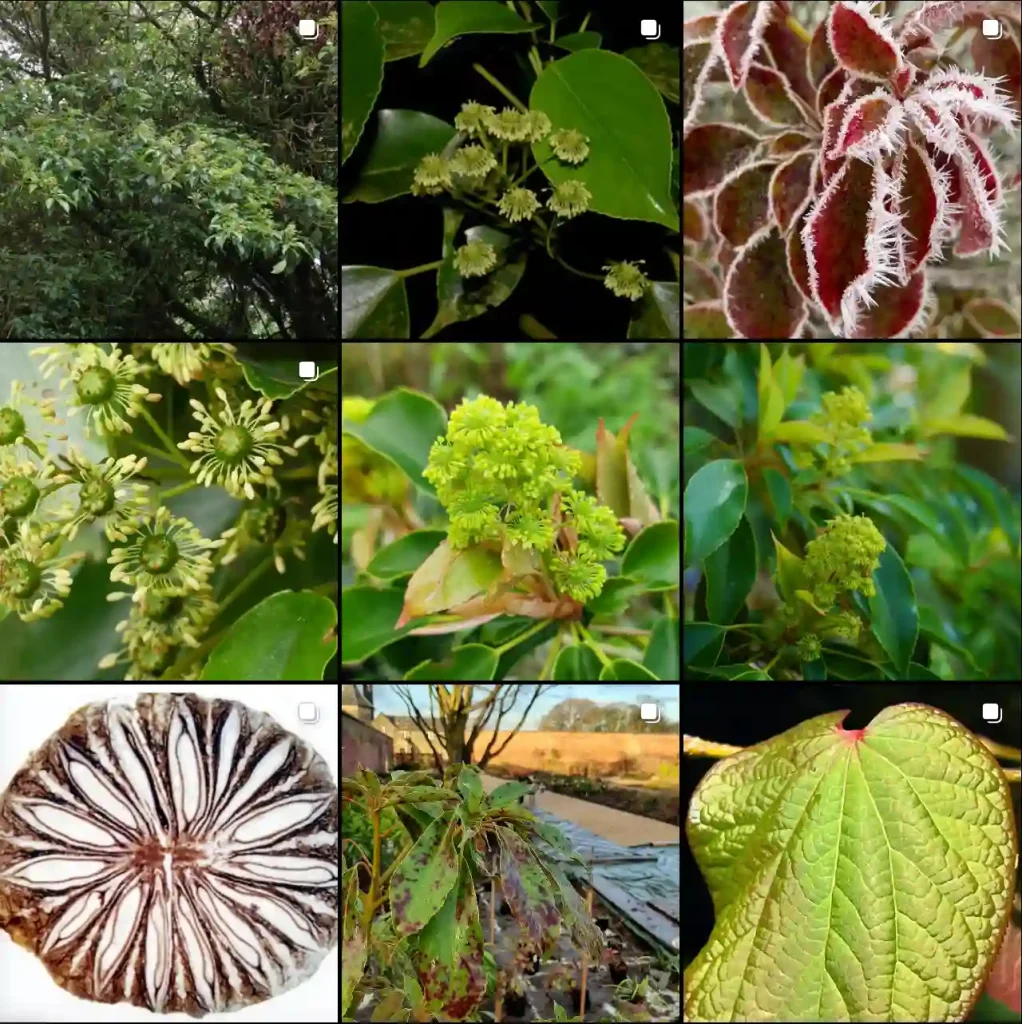
What Is Acer Shirasawanum? Are Acer Shirasawanum Japanese Maple?
Acer Shirasawanum is a species of Japanese maple native to Japan. It is renowned for its attractive leaves that can vary in color from green to golden yellow and sometimes even orange or red in the fall. The tree itself can grow to about 15-25 feet tall and has a graceful, spreading canopy. It’s valued for its aesthetic appeal in gardens and landscapes.
168 Species in Genus Acer – Maple Tree
How to Care for Acer Shirasawanum?
Caring for Acer Shirasawanum involves several key practices to ensure it thrives:
- Location: Plant in a location with partial shade to full sun. Avoid heavy afternoon sun, which can scorch the leaves.
- Soil: Prefers well-drained, slightly acidic soil. Ensure the soil is rich in organic matter.
- Watering: Keep the soil consistently moist but not waterlogged. Regular watering is essential, especially during dry periods.
- Pruning: Minimal pruning is needed. Remove any dead or crossing branches to maintain shape and health.
- Protection: In colder climates, protect the tree from harsh winter winds and frost, which can damage the foliage.
How to Propagate Acer Shirasawanum?
Propagating Acer Shirasawanum can be done through several methods:
- Seed Propagation: Collect seeds from mature trees and sow them in a well-draining seed-starting mix. Keep them in a cold frame or greenhouse until they germinate.
- Cuttings: Take softwood cuttings during the growing season. Dip them in rooting hormone and plant them in a moist, well-draining medium. Maintain high humidity until roots develop.
What to Plant With Acer Shirasawanum?
When selecting companion plants for Acer Shirasawanum, consider those that complement its delicate appearance:
- Hostas: Their large leaves and shade tolerance pair well with the maple’s foliage.
- Japanese Forest Grass: Provides a contrasting texture and thrives in similar conditions.
- Ferns: Offer a lush, green backdrop that enhances the maple’s visual appeal.
Can You Grow Acer Shirasawanum Indoors?
While Acer Shirasawanum is primarily an outdoor plant, it can be grown indoors if provided with the right conditions. You’ll need a large container, ample natural light (preferably near a south-facing window), and a consistent watering schedule. Indoor growth might limit the tree’s size and may require additional humidity to mimic its natural environment.
Acer Shirasawanum vs Acer Palmatum
When comparing Acer Shirasawanum to Acer Palmatum, there are a few notable differences and similarities. Acer Palmatum, or the Japanese Maple, is more commonly found and known for its deeply lobed leaves. It has a wide range of cultivars, each with unique leaf shapes, sizes, and colors.
On the other hand, Acer Shirasawanum usually has more rounded leaves and is known for its broader, heart-shaped foliage. Its color changes are more subtle compared to the dramatic color shifts seen in many Acer Palmatum varieties. While both trees are visually appealing, Acer Shirasawanum tends to be less hardy in colder climates compared to Acer Palmatum, which offers a broader range of cultivars adapted to different environments.
Is Acer Shirasawanum Toxic?
Acer Shirasawanum is not considered toxic to humans or pets. However, as with many plants, it is best to prevent ingestion of any part of the plant to avoid potential digestive issues.
Benefits of Acer Shirasawanum
Acer Shirasawanum offers several benefits:
- Aesthetic Appeal: Its unique foliage and vibrant fall colors make it a standout feature in any garden.
- Shade: Provides excellent shade due to its broad canopy, which can help lower surrounding temperatures.
- Versatility: Suitable for various landscape designs, including Japanese gardens, woodland gardens, and container gardening.
Common Problems with Acer Shirasawanum
- Leaf Scorch: Can occur if exposed to too much direct sunlight or hot, dry conditions.
- Pest Issues: Watch out for aphids, scale insects, and spider mites, which can affect leaf health.
- Diseases: Susceptible to fungal diseases like powdery mildew, particularly in overly damp conditions.
Compare with Other Similar Items
In comparison to other Japanese maples like Acer Palmatum and Acer Japonicum, Acer Shirasawanum stands out for its more rounded leaf shape and generally less dramatic color changes. While Acer Palmatum offers a wide range of cultivars with diverse leaf forms and colors, Acer Shirasawanum provides a more uniform look with its distinctive foliage and less vibrant, but equally attractive, fall color display.
By understanding these aspects of Acer Shirasawanum, you can better appreciate its role in the landscape and ensure it thrives in your garden or home.
If i die, water my plants!



